
Find Help
More Items From Ergsy search
-

What is the residence nil-rate band?
Relevance: 100%
-

What is inheritance tax in the UK?
Relevance: 41%
-

Does overpayment affect my Council Tax band?
Relevance: 40%
-
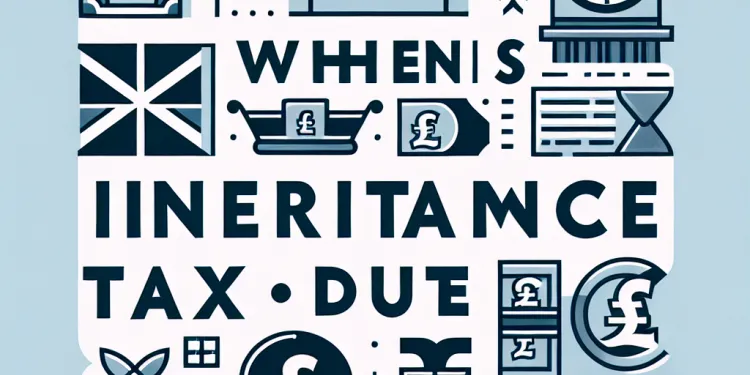
When is inheritance tax due to be paid?
Relevance: 40%
-

Are there any planned changes to tax bands for April 2026?
Relevance: 39%
-
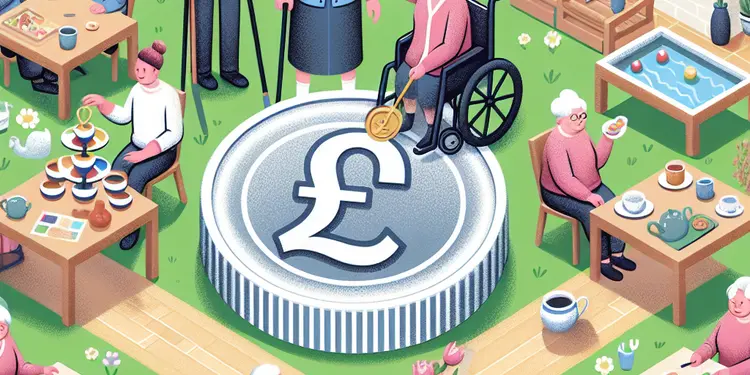
Are activities provided for residents in care homes?
Relevance: 33%
-

What rights do residents have in a care home?
Relevance: 32%
-

What happens if a resident's care needs change?
Relevance: 31%
-

Can residents personalize their living space in a care home?
Relevance: 30%
-

How is Inheritance Tax (IHT) dealt with after death?
Relevance: 30%
-

Is there any inheritance tax exemption for spouses or civil partners?
Relevance: 25%
-

Wills, Probate and Tax Planning in the UK
Relevance: 23%
-

Does owning property abroad affect UK inheritance tax?
Relevance: 23%
-

How does council tax relate to wealth in the UK?
Relevance: 22%
-

NHS Dental Charges Explained
Relevance: 21%
-

How can UK residents protect themselves from Zika virus when traveling?
Relevance: 21%
-

Are there any other reliefs available from inheritance tax?
Relevance: 21%
-

What is inheritance tax in the UK?
Relevance: 20%
-

What taxes need to be paid from the deceased’s estate?
Relevance: 19%
-

Are all dental appointments free on the NHS?
Relevance: 17%
-

Are there any extra charges for NHS dental treatments?
Relevance: 16%
-

What qualifies as a direct descendant for RNRB purposes?
Relevance: 16%
-

What taxes in the UK target wealth?
Relevance: 15%
-

Shoulder Exercises 1
Relevance: 14%
-

Does Scotland have a different Stamp Duty system?
Relevance: 14%
-

What is Stamp Duty Land Tax (SDLT)?
Relevance: 14%
-

What should I do if I suspect an error in my Council Tax billing?
Relevance: 14%
-

What are HMRC Income Tax Changes in April 2026?
Relevance: 13%
-

What about Stamp Duty in Wales?
Relevance: 13%
-

How is Stamp Duty calculated in the UK?
Relevance: 13%
-

Birchgrove - Assisted-living accommodation and care
Relevance: 12%
-

Are dietary needs accommodated in care homes?
Relevance: 12%
-

What areas can be treated with Botox?
Relevance: 12%
-

Can you play the Postcode Lottery if you live outside the UK?
Relevance: 12%
-
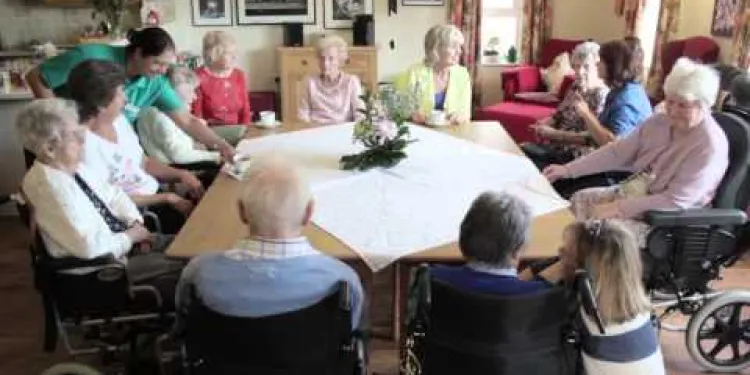
Fernhill Dedicated Dementia Care Home - a relatives perspective
Relevance: 12%
-

Colten Care values - montage of all 5 short films
Relevance: 12%
-

Physiotherapy Exercises following an Ankle Fracture
Relevance: 12%
-
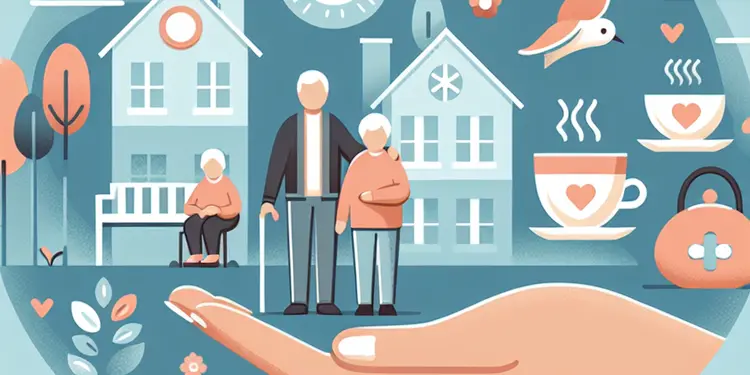
What should families consider when visiting a care home?
Relevance: 12%
-
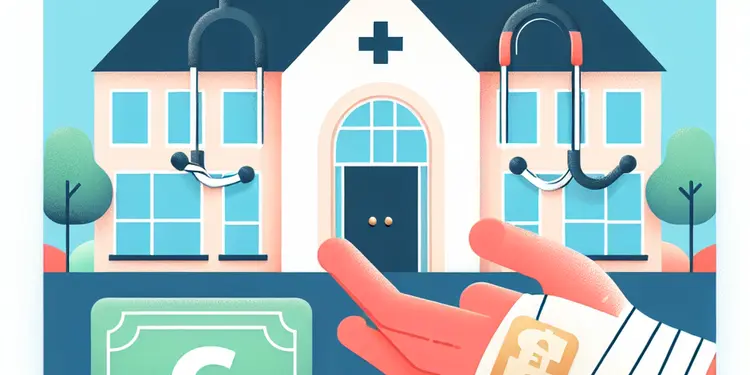
Do care homes provide medical care?
Relevance: 12%
-
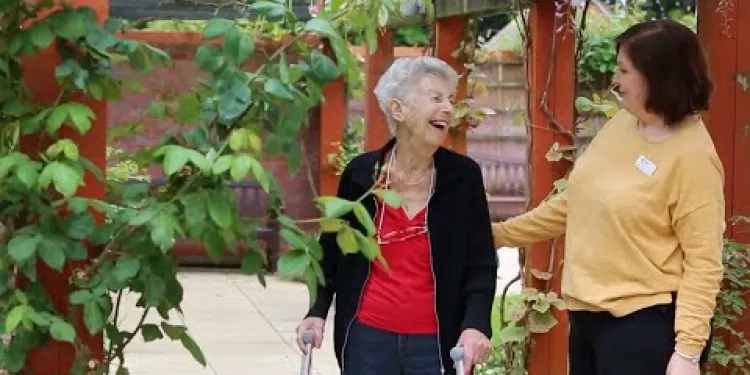
Amberwood House (Colten Care)
Relevance: 12%
Introduction to the Residence Nil-Rate Band
The Residence Nil-Rate Band (RNRB) is an additional allowance that reduces the amount of Inheritance Tax (IHT) paid on estates in the United Kingdom. Introduced in April 2017, its purpose is to assist families in passing on the family home to direct descendants without incurring excessive inheritance tax liabilities.
How the Residence Nil-Rate Band Works
The basic concept of the RNRB is to provide a tax-free threshold specifically for residences when passed to children or grandchildren. This band available is in addition to the standard Inheritance Tax nil-rate band, which as of the 2023/2024 tax year is £325,000. The RNRB started at £100,000 in the 2017/2018 tax year and increased incrementally to £175,000 by the 2020/2021 tax year.
Eligibility Criteria
Not all estates can claim the RNRB. The allowance is only available when a residence is left to direct descendants. These include children (biological, step, adopted, or foster) and grandchildren. Furthermore, to qualify, the property must be part of the deceased's estate on death. For those with more than one property, the executor of the will may nominate which property should qualify for the RNRB.
Moreover, there is a tapering provision that reduces the RNRB for estates valued over a certain threshold. As of the tax year 2023/2024, this threshold is set at £2 million. For every £2 of the estate value over £2 million, £1 of the RNRB is lost.
Transferring the Residence Nil-Rate Band
The RNRB, like the standard nil-rate band, can be transferred between spouses or civil partners. If one partner dies without fully using their RNRB (or dies before the RNRB was introduced), the surviving partner can benefit from the unused portion in addition to their allowance. This potential doubling effect can significantly reduce or even eliminate the Inheritance Tax liability.
Important Considerations
There are important considerations for executors and beneficiaries concerning the RNRB. It only applies where the taxable estate includes a residence or where the estate's proceeds could be traced to a residence. Additionally, there are specific rules surrounding downsizing or disposing of a residence before death, which might still allow an estate to benefit from the RNRB under certain conditions.
Conclusion
The Residence Nil-Rate Band provides an essential tax relief option that can alleviate the inheritance tax burden for families. It is crucial for property owners to be aware of this allowance and ensure their estate planning takes advantage of the RNRB where applicable to maximize the benefits for their beneficiaries.
Introduction to the Residence Nil-Rate Band
The Residence Nil-Rate Band (RNRB) is a rule to help people pay less Inheritance Tax. This is a tax paid when someone dies. The rule started in April 2017 in the UK. It helps families pass on their homes to their children or grandchildren without paying too much tax.
How the Residence Nil-Rate Band Works
The Residence Nil-Rate Band gives a bigger tax-free amount when a home goes to children or grandchildren. This amount is on top of the usual tax-free amount, which is £325,000 in 2023/2024. The RNRB started at £100,000 in 2017/2018 and went up to £175,000 by 2020/2021.
Eligibility Criteria
Not everyone can use the RNRB. It only works if a home is left to direct family like children or grandchildren. This includes biological, step, adopted, or foster children. The home must be part of what the person owned when they died. If they owned more than one home, the person managing the will picks which home uses the RNRB.
There is a rule that reduces the RNRB if the person's things are worth more than a certain amount. In 2023/2024, if everything is worth over £2 million, the RNRB goes down by £1 for every £2 over £2 million.
Transferring the Residence Nil-Rate Band
If a married person or someone in a civil partnership dies and didn't use all their RNRB, their partner can use it. This can really lower or even remove the tax.
Important Considerations
Important things to know: The RNRB only works if there is a home or money from a home when the person dies. There are special rules if someone sells or downsizes their home before they die. In these cases, the RNRB might still help lower taxes.
Conclusion
The Residence Nil-Rate Band helps families pay less tax. It's important to know about it and use it to help your family when you pass on your home.
Frequently Asked Questions
Useful Links
- Ergsy carfully checks the information in the videos we provide here.
- Videos shown by Youtube after a video has completed, have NOT been reviewed by ERGSY.
- To view, click the arrow in centre of video.
- Most of the videos you find here will have subtitles and/or closed captions available.
- You may need to turn these on, and choose your preferred language.
- Go to the video you'd like to watch.
- If closed captions (CC) are available, settings will be visible on the bottom right of the video player.
- To turn on Captions, click settings .
- To turn off Captions, click settings again.
More Items From Ergsy search
-

What is the residence nil-rate band?
Relevance: 100%
-

What is inheritance tax in the UK?
Relevance: 41%
-

Does overpayment affect my Council Tax band?
Relevance: 40%
-

When is inheritance tax due to be paid?
Relevance: 40%
-

Are there any planned changes to tax bands for April 2026?
Relevance: 39%
-

Are activities provided for residents in care homes?
Relevance: 33%
-

What rights do residents have in a care home?
Relevance: 32%
-

What happens if a resident's care needs change?
Relevance: 31%
-

Can residents personalize their living space in a care home?
Relevance: 30%
-

How is Inheritance Tax (IHT) dealt with after death?
Relevance: 30%
-

Is there any inheritance tax exemption for spouses or civil partners?
Relevance: 25%
-

Wills, Probate and Tax Planning in the UK
Relevance: 23%
-

Does owning property abroad affect UK inheritance tax?
Relevance: 23%
-

How does council tax relate to wealth in the UK?
Relevance: 22%
-

NHS Dental Charges Explained
Relevance: 21%
-

How can UK residents protect themselves from Zika virus when traveling?
Relevance: 21%
-

Are there any other reliefs available from inheritance tax?
Relevance: 21%
-

What is inheritance tax in the UK?
Relevance: 20%
-

What taxes need to be paid from the deceased’s estate?
Relevance: 19%
-

Are all dental appointments free on the NHS?
Relevance: 17%
-

Are there any extra charges for NHS dental treatments?
Relevance: 16%
-

What qualifies as a direct descendant for RNRB purposes?
Relevance: 16%
-

What taxes in the UK target wealth?
Relevance: 15%
-

Shoulder Exercises 1
Relevance: 14%
-

Does Scotland have a different Stamp Duty system?
Relevance: 14%
-

What is Stamp Duty Land Tax (SDLT)?
Relevance: 14%
-

What should I do if I suspect an error in my Council Tax billing?
Relevance: 14%
-

What are HMRC Income Tax Changes in April 2026?
Relevance: 13%
-

What about Stamp Duty in Wales?
Relevance: 13%
-

How is Stamp Duty calculated in the UK?
Relevance: 13%
-

Birchgrove - Assisted-living accommodation and care
Relevance: 12%
-

Are dietary needs accommodated in care homes?
Relevance: 12%
-

What areas can be treated with Botox?
Relevance: 12%
-

Can you play the Postcode Lottery if you live outside the UK?
Relevance: 12%
-

Fernhill Dedicated Dementia Care Home - a relatives perspective
Relevance: 12%
-

Colten Care values - montage of all 5 short films
Relevance: 12%
-

Physiotherapy Exercises following an Ankle Fracture
Relevance: 12%
-

What should families consider when visiting a care home?
Relevance: 12%
-

Do care homes provide medical care?
Relevance: 12%
-

Amberwood House (Colten Care)
Relevance: 12%


